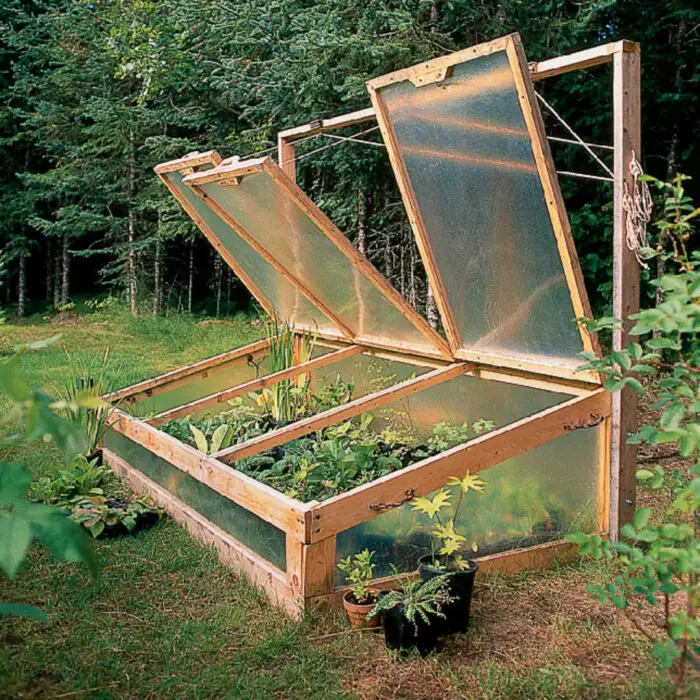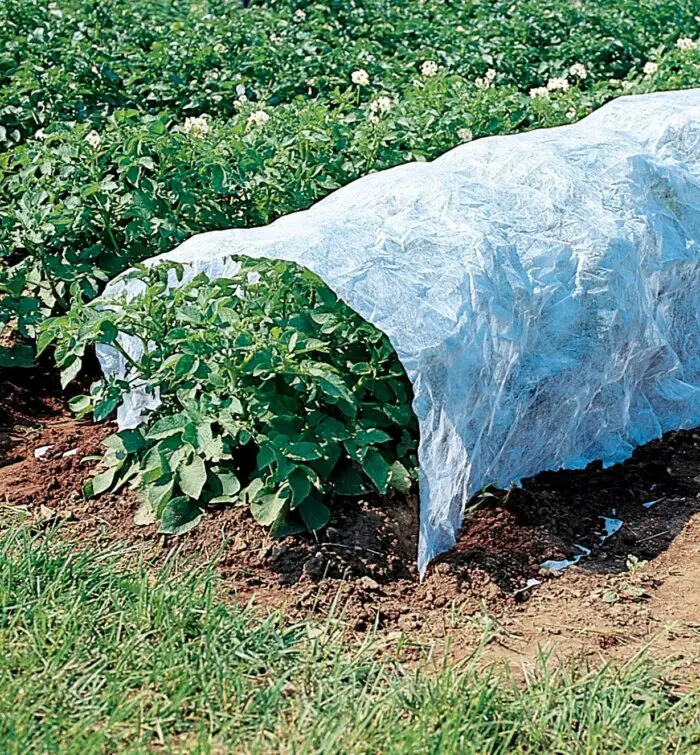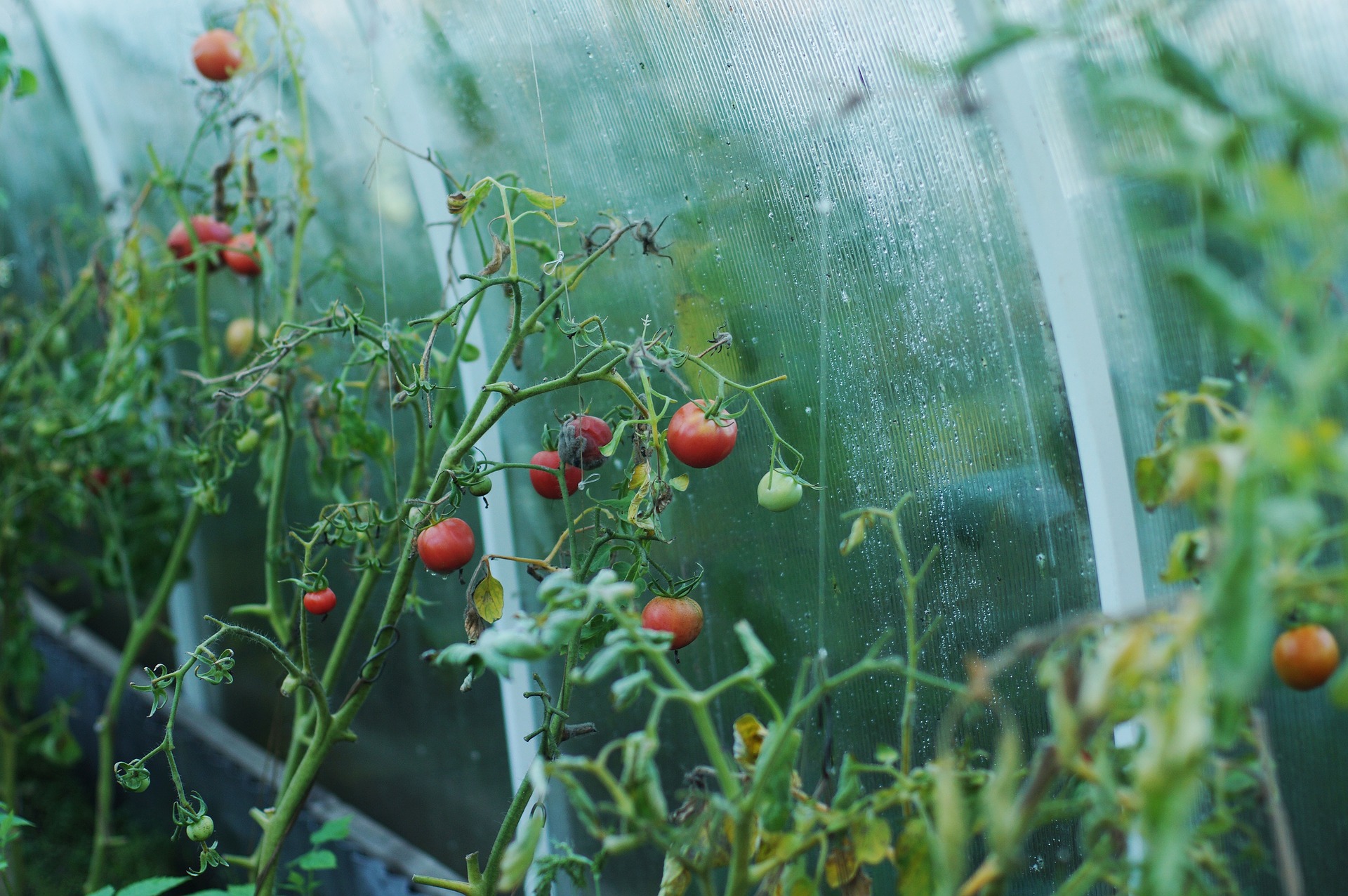Cold weather will undoubtedly put a damper on your winter vegetable gardening plans. But, with only a little bit of preparation, you can extend your harvest a little further.
Here are a few strategies to help you get started with your winter garden.
6 Tips to Extend Your Winter Gardening Harvest
If you’ve ever dreamt of putting your green thumb to work year-round, use these winter gardening ideas.
Here are some helpful tips to ensure your winter garden plants brave the cold.
- Delay planting season
- Use cold frames
- Install row covers
- Use mulch
- Consider a greenhouse
- Start indoor gardening
1. Delay the Planting Season
The best time to plant most vegetables is 4 to six 6 before the first expected frost in your area. These crops will mature as the weather warms up, giving you an extended harvest season.
Another important aspect is to select winter garden vegetables like hardy crops for planting. For example, spinach can tolerate light frosts, and lettuce can handle a slight frost.
If you are unsure about the hardiness of a particular crop, be sure to consult with your local Cooperative Extension office.
2. Use Cold Frames
Using cold frames is a DIY technique essential in planting a winter garden. It takes some time to build one, but not much money is needed.
A cold frame consists of a bottomless box with a clear top usually constructed from glass or plastic. The sides are slanted, so they shed snow when it piles up.

The plastic or glass attracts the sun’s heat, slowly warming the soil and plants inside the cold frame. Cold frames are for vegetable seeds in the early spring, hardening off plants that have grown indoors, or extending the growing season of plants already in the ground.
The magnificence of a cold frame is that there’s still natural light and heat coming in even on the coldest days, so you can do a little bit of gardening in winter, even when it’s freezing outside.
3. Install Row Covers
Often referred to as “floating row covers,” row covers are made of a lightweight, transparent material that can be placed over plants to protect them from the cold weather.
Row covers work by trapping heat around the plants, which helps to keep them warm and extend their growing season.

The covers are for various crops, including vegetables, fruits, flowers, and herbs. They can also protect any young plants from frost damage. It’s advisable to use two layers of fabric together when gardening in winter.
The different types of row covers include:
- Breathable
- Floating
- Non-floating or solid
- Plastic
- Reusable or disposable
During hot days remember to ventilate the covers or remove them so your plants won’t be affected by the greenhouse effect.
4. Use Mulch
If the ground is freezing where you are, or if there is snow on the ground, you can still get a headstart on your spring garden. By applying 10-12 inch mulch to the soil around your plants, you can keep it warm and workable through winter.
Most vegetables won’t grow during freezing weather, but adding mulch will break root growth in the spring and start growing earlier.
If you’re using a traditional garden, you can use straw, leaves, or compost to mulch your plants. You can use hay, straw, or even plastic sheeting to cover the soil if you’ve got a raised bed garden.
Whatever you choose to use, ensure to keep the mulch about two inches away from the stems of your plants so that it doesn’t block out any sunlight.
Mulching is essential for gardening in the winter because it helps maintain a moderate soil temperature of 35-40 degrees, conserves moisture, and reduces weed growth.
5. Consider a Greenhouse
You can heat or cool a greenhouse to extend the growing season, depending on what you are growing. Greenhouses can also grow plants that wouldn’t usually survive in your climate.
Heated greenhouses enable you to start your plants earlier in the year and also keep them going later into the fall. Unheated greenhouses are great for hardening off plants before transplanting them outdoors.

It would be best if you considered a few things before building or purchasing a greenhouse:
- How many plants do you want to grow?
- Will you use the greenhouse to start plants in the spring, grow produce during the winter, or both?
- How much money are you willing to spend on a greenhouse?
Heated greenhouses can be expensive, but unheated greenhouses are more affordable. Greenhouses need at least 6-8 hours of sunlight a day.
So, you should keep that in mind if you plan to use it to grow vegetables in the winter.
6. Start Indoor Gardening
Indoor gardening in winter is an alternative if you don’t have the space to grow plants outside.
First, choose what kind of plant you want to grow (lettuce, cucumbers, tomatoes), then find a location for it – perhaps under a window with lots of sunlight.
Next, create the right environment for the plant to grow by adjusting the temperature, humidity, and light; finally, water and fertilize your plants to keep them healthy.
It’s crucial to note that not all plants can be grown indoors – for example, you can’t grow potatoes or carrots inside because they need sunlight and a colder climate to grow properly.
The benefit of indoor gardening in winter is extending your harvest. Not only that, but you won’t also need to go outside to get fresh vegetables and control the environment so that the plants grow better.
You don’t have to give up on your winter vegetable gardening as soon as the temperatures start to drop. With the above tips, you will be better prepared for a harvest in the coming winter.
